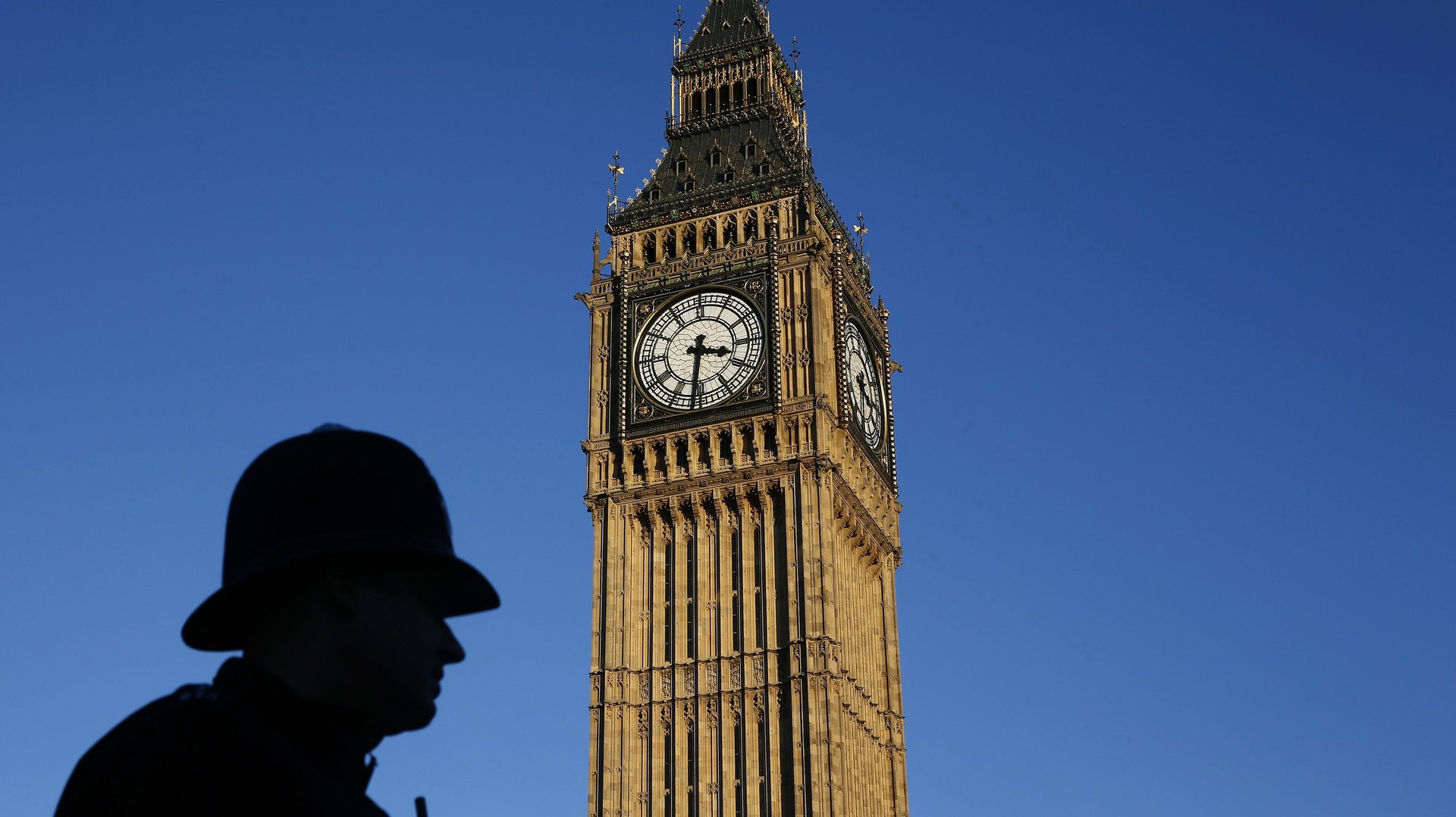Despite wildly different approaches, the US and UK are seeing identical declines in hours worked
The US and the UK have taken different approaches to helping workers through the Covid-19 pandemic. While the US government increased support to those without work through enhanced unemployment benefits, the UK subsidized job retention schemes that paid companies to keep their workers on staff (many other European countries did the same).


The US and the UK have taken different approaches to helping workers through the Covid-19 pandemic. While the US government increased support to those without work through enhanced unemployment benefits, the UK subsidized job retention schemes that paid companies to keep their workers on staff (many other European countries did the same).
But in one way, the outcomes have been nearly identical. The number of total hours worked in the two countries has decreased by almost exactly the same amount. At their nadir in April, total hours worked were 16% lower than January in both countries. Since then, total hours worked have rebounded at exactly the same speed. In July, they were both running 8% below January levels.
Why it’s important: The data demonstrate that unemployment rates may not be a good statistic for understanding the current status of labor markets. The US’s unemployment rate jumped from 3.6% in January to 13.3% in May, compared to virtually no change for the UK unemployment rate. Yet the truth is that a similar amount of work was halted due to the pandemic.
Why it’s interesting: The impact of the US and UK’s disparate policies might not be known until the pandemic ends. The UK’s tactic of subsidizing people to stay in their current job may be beneficial because they won’t have to take the time to rehire workers if things go back to normal. The problem comes if things don’t go back to normal. Perhaps that job never reappears because the employer couldn’t make it through the pandemic. This is where the US system might make sense. Instead of subsidizing companies to keep people on staff, the US just gave the money right to the worker, providing them with a chance to find another job.
How to find more data: The data for the US come from the Current Employment Statistics, a monthly survey of firms in which they are asked about how many people they employ and how many hours they worked. The UK data come the from a weekly Labor Force Survey, a weekly survey of those working or looking for employment.
This story is part of a new series we’re trying, “The Thing,” in which we examine what a single chart can tell us about the global economy.